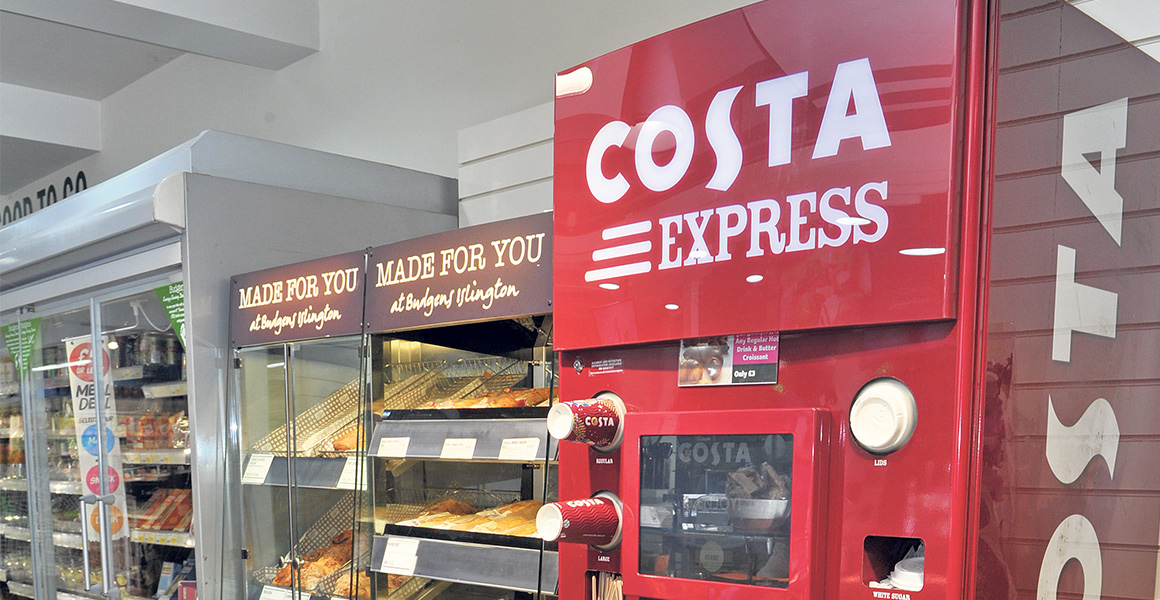When George Osborne introduced the national living wage in 2015, he presented it as part of a package of changes that would create more than a million new jobs. He also said that cuts to corporation tax would compensate companies for the cost of the change.
The journey to £9 an hour for over 25s in 2020 is now past the half-way stage and retail employers are slashing jobs. The owners of Morrisons, Tesco and Sainsbury's may have banked the corporation tax benefits but they are still taking out thousands of management roles.
For independent retail owners the pain is more acute, partly because they are working at a smaller scale and with less ability to plan the reskilling that lies behind the big supermarkets’ strategies.
However, before thinking about what to do, it is interesting to think about the economics of how retail works. Ben Thompson, the technology analyst, addressed this in his recent overview of the threat of Amazon Go.
There are marginal costs – your staff – and fixed costs – your shop. For every sale you make this takes up an amount of time for your staff. And every sale requires staff time. So, costs increase in line with revenue.
On the other hand, your fixed costs, such as rent for your shop, are not affected if you serve 100 shoppers or a thousand. The more you sell the better your return on capital as the fixed cost stays the same.
One thing that Thompson writes must capture your attention: “If the marginal cost of selling an individual item is more than the marginal revenue gained from selling the item (i.e. it costs more to pay a cashier to sell an item than the gross profit earned from an item) then the item won’t be sold.”
And this is where the impact of the living wage is hurting the convenience industry.
Firstly, because for the past five years prices have faced deflationary pressure from a mix of competition from new entrants to the market and the marketing strategies of major consumer goods companies.
Secondly, because the lack of volume growth has seen a reduction in margins and pressure on margins. Retailers have long complained that they are forced to sell at below the marginal cost of selling individual items, particularly services.
Put this together with imposed increases in staff costs and the issue is clear. Retailers have to change their range to ensure that they make a profit on every sale. Easy to say but hard to achieve.
Working a day in a shop earlier this month, I spent a couple of hours checking sell-by and use-by dates. It is long work. The main skill is in finding where the date is printed. It is an essential task that is a drain on profitability. Retailers need to keep their businesses as simple as possible.
One way forward is to increase the proportion of food to go, where margins are greater. However, this means a change to the way that shopkeepers think about what business they are in.
It is a step into the unknown but the skills of keeping a counter clean and planning how many sandwiches or salads to make offer a greater profit potential than maintaining a big assortment of short shelf-life snacks.
The threat of losing money on marginal costs is real and you need to be planning your changes now.



Comments
This article doesn't have any comments yet, be the first!